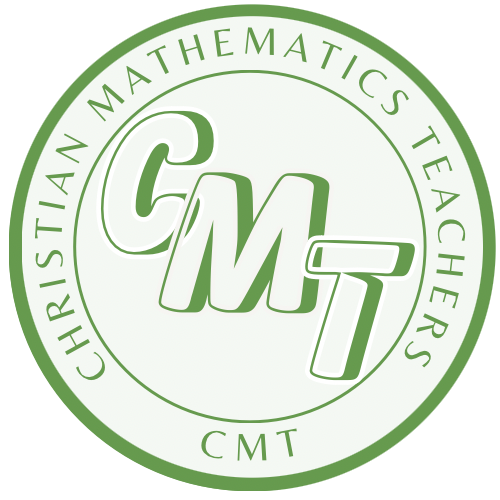“There are two versions of maths in the lives of many people: the strange and boring subject that they encounter in classrooms and an interesting set of ideas that is the maths of the world, and its curiously different and surprisingly engaging”
Boaler, 2015, p. 7
Traditional ‘school maths‘ is often abstract…

…Compared with concrete “real life” mathematics grounded in God’s creation

“Without this foundation, all our students see and hear is an endless and “logical” procession of meaningless signs, words, and rules; mere chicken scratches”
(Nickel, 2001, p. 287)
Examples of abstract vs. concrete mathematics grounded in God’s creation:
- Mathematics in proportion (trigonometry ratios): we seek to understand the outer universe.
- Mathematics in musical patterns – we make music.
- Mathematics in magnitude: we stand in awe of the universe.
- Mathematics in fractals: we design.
- Mathematics in human proportions – we create art.
- Mathematics in population growth (viruses, bacteria, etc.): our community plans.
- Mathematics in the bee’s dance – we stand in wonder.
- Mathematics in wave motions (light, sound) – we utilise in endless applications…

“The abstractness of mathematics is synonymous for many people with a cold, detached, remote body of knowledge.” It’s problems are seen as “ridiculous” and they encourage students to “suspend reality”
(Boaler, 2015, p.46)
An abstract page of angles…



…or creating a power pylon using these angles?
Abstract exponential growth…


…or concrete paper folding?
Abstract fractions…


…or concrete Lego bricks?
Abstract measurement…


…or concrete measurement?

Remember: Even if these activities are not explicitly Christian, it is important to explain to students why you are doing them. Remind them that God would encourage holistic exploration of mathematical ideas. Help them understand their learning journey from concrete to abstract concepts.
Activities:
- y.7 Index number paper-folding activity
- y.7 Factor code activity exploring prime factors
- y.10 Outdoor chess piece assignment
Suggested resources for your maths cupboard
